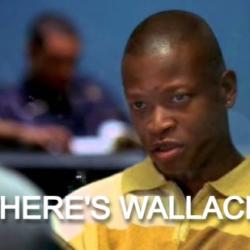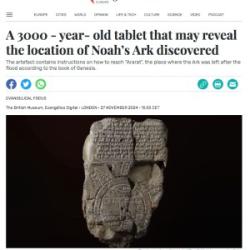The camera shows an empty subway platform. The shot frames the small platform perfectly, with both sides of the screen showing the entrance to the tunnels on either side. A sign on the far wall reads “To Brooklyn,” with an arrow pointing to the right.
The scene at first is quiet, but then a rumbling begins, growing steadily louder. Suddenly a train bursts into view, moving from left to right. The sound is deafening as its lighted windows roll by in a blur. With a startling suddenness, the last car of the subway train passes, the rumbling recedes, and we see again the empty subway platform.
Where is the train?
“Probably in Brooklyn by now,” I say.
“That’s not what the text says,” my friend says, correcting me. “We did not see the train in Brooklyn. We never even saw Brooklyn. ‘Brooklyn’ was just a word on a sign. The only time we ever saw the train it was here, in this station.”
“But the train was moving …”
“We can only know what we have seen, what we have been shown.”
“But the tracks are headed to …”
“We couldn’t see the tracks. We couldn’t see where they are headed. You’re trying to go beyond what we could see, and in doing so you’re denying what we actually saw. You’re denying the text. The text shows the train here, in this station, and that is all we can know about the train.”
“And yet it moves.”












